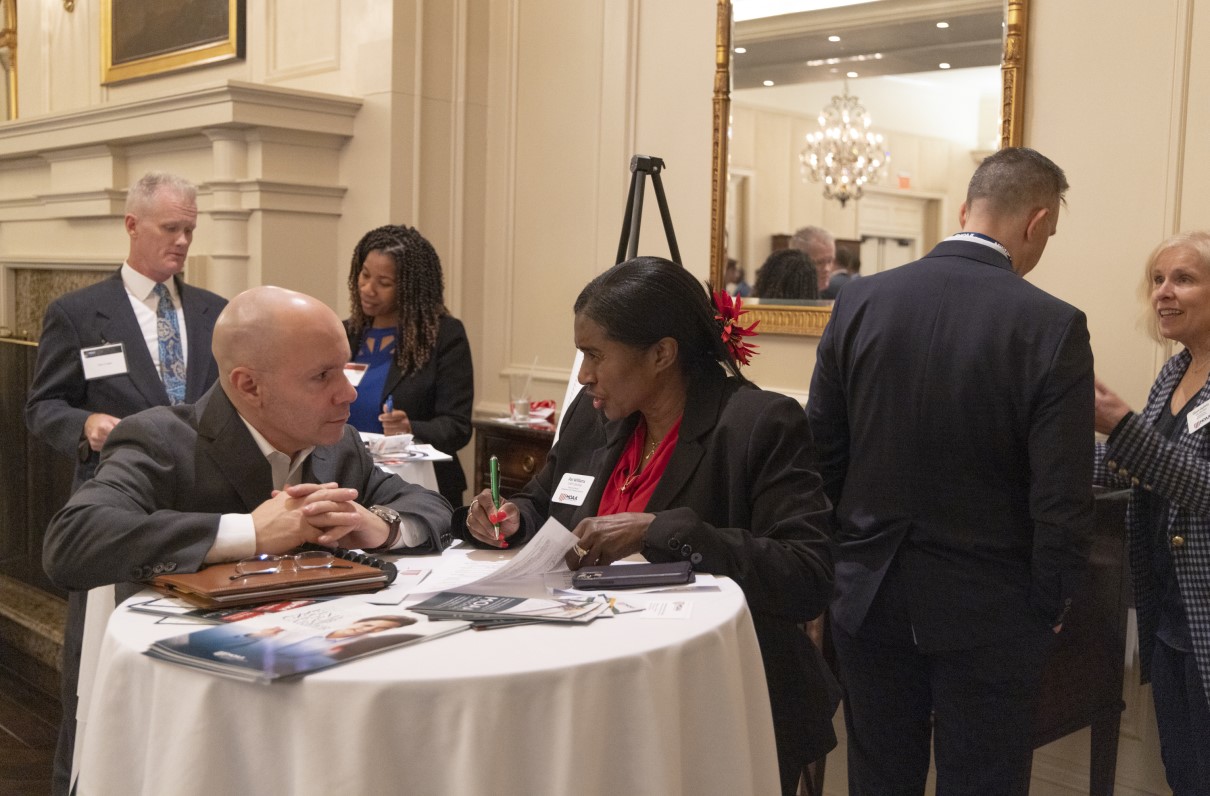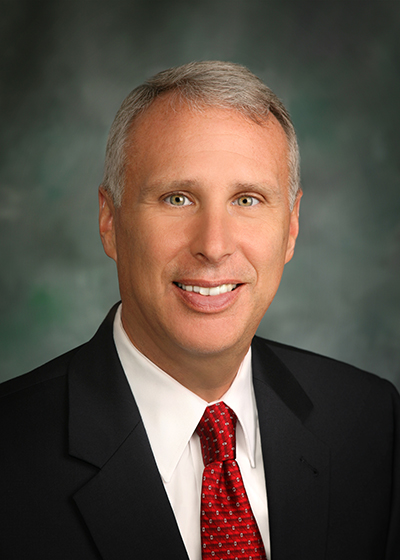Even though the national unemployment rate has been at or below 4% for more than a year, with veteran unemployment rates even lower, the lack of consistently strong wage growth is one of the remaining weaknesses of the labor market in 2019, according to the Economic Policy Institute.
In addition, a recent news release from the Bureau of Labor Statistics reports that real average hourly earnings for all employees went unchanged from August to September, seasonally adjusted.
So, in this tight wage market, how do you know whether you should actually be earning more? Before you make that pitch for a pay bump, try to answer these three questions:
- Are you paid as much as your peers? Compare similar positions across your industry and sector with Glassdoor – all it takes is your duty title, company size/sector, and geographic location. As you approach your end-of-year performance appraisal, having this statistical analysis readily available may help you negotiate the raise you deserve.
- Did you start behind the power curve? If you accepted an initial offer below or at the lower end of the salary corridor (or band), you may be at a big disadvantage. Even if you receive a small end-of-year raise, you may be keeping pace with annual cost-of-living increases instead of seeing a true pay increase.
- Have you been there too long? Many companies may value what they perceive as new or unique experiences from a new employee rather than recognizing your talents or rewarding your loyalty to the company. Your best chance at a big pay raise actually may be to find new employment opportunities that value your knowledge and experience –unlike your current employer, who may be taking those same skill sets for granted.




